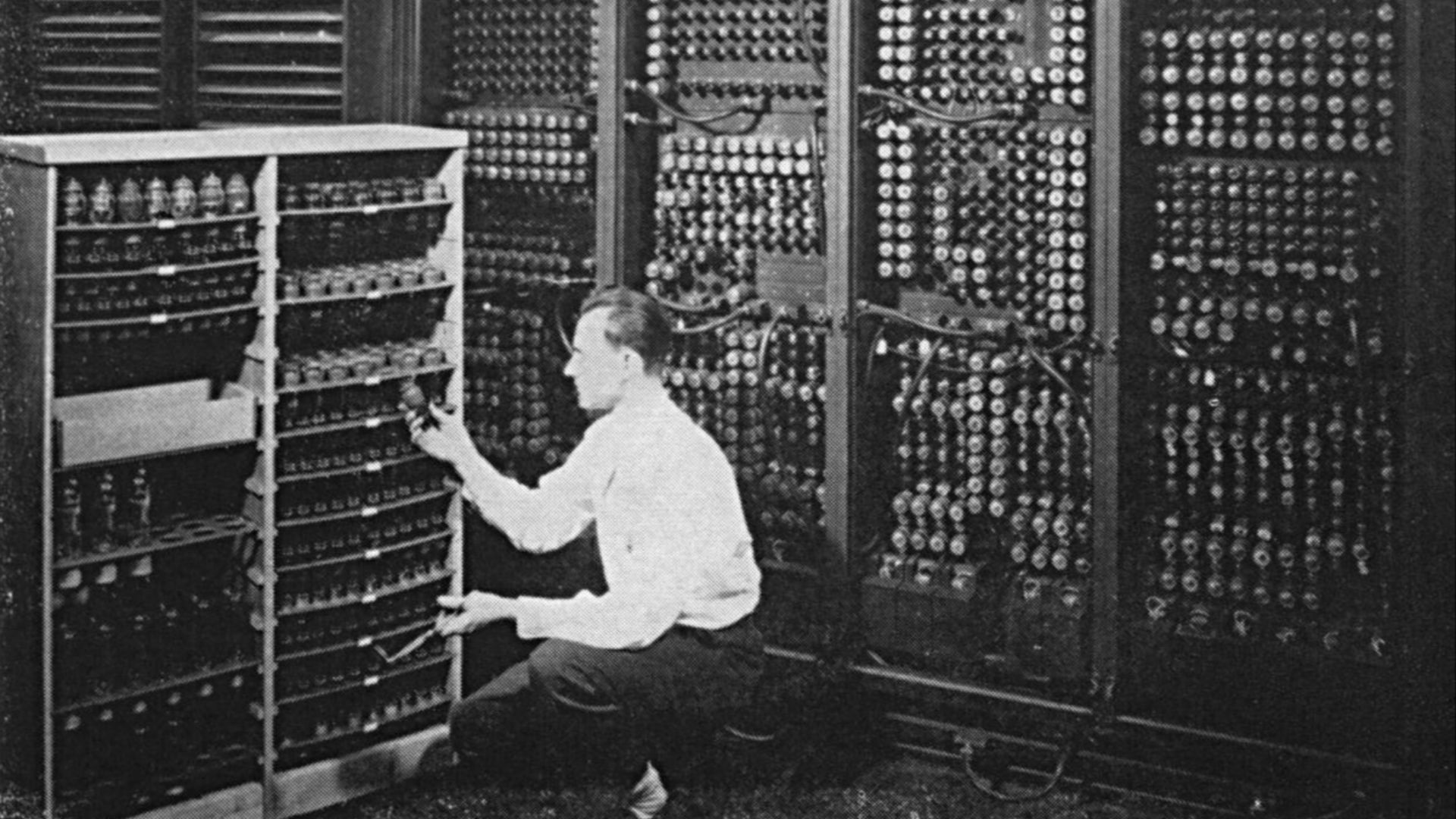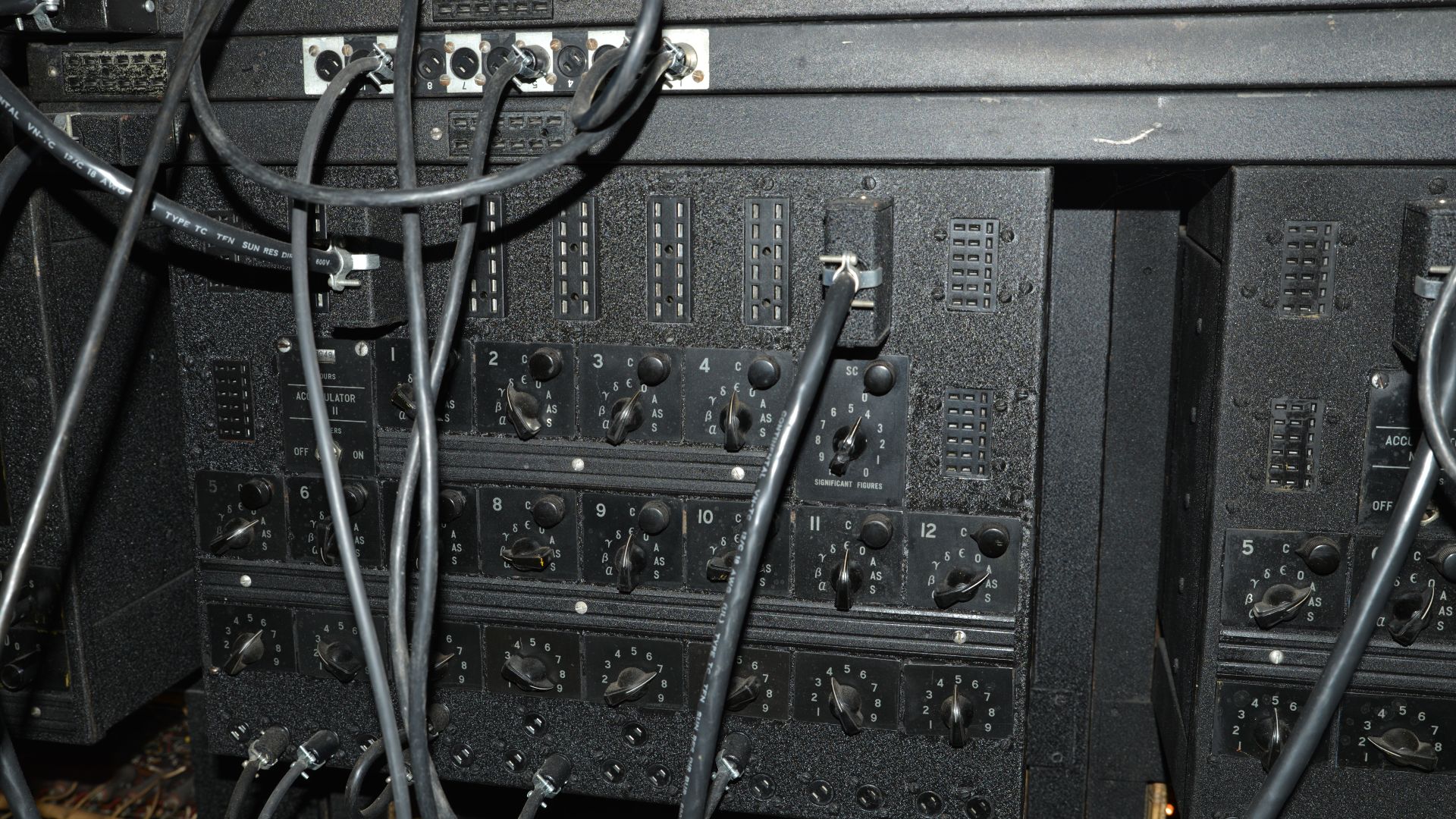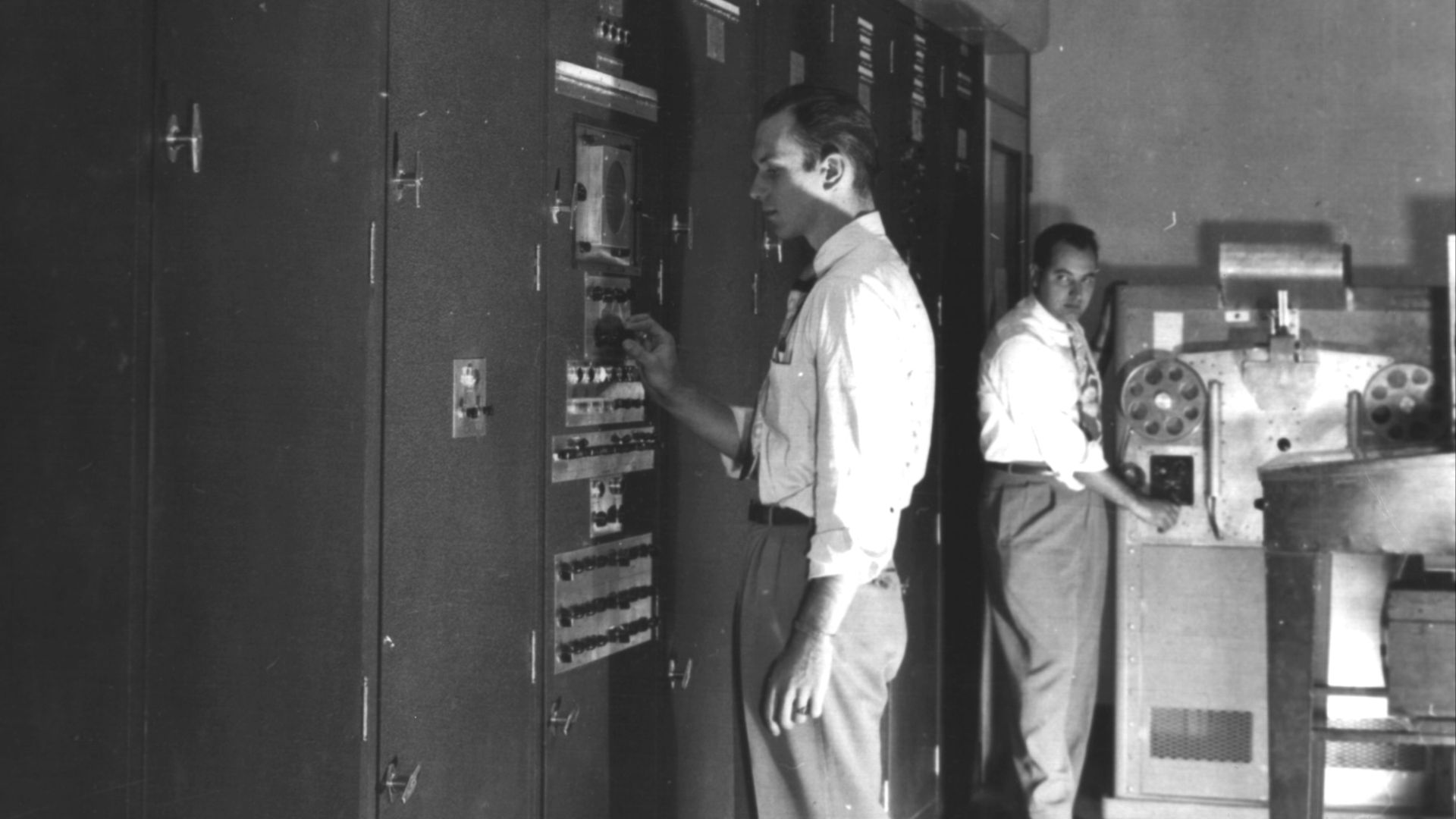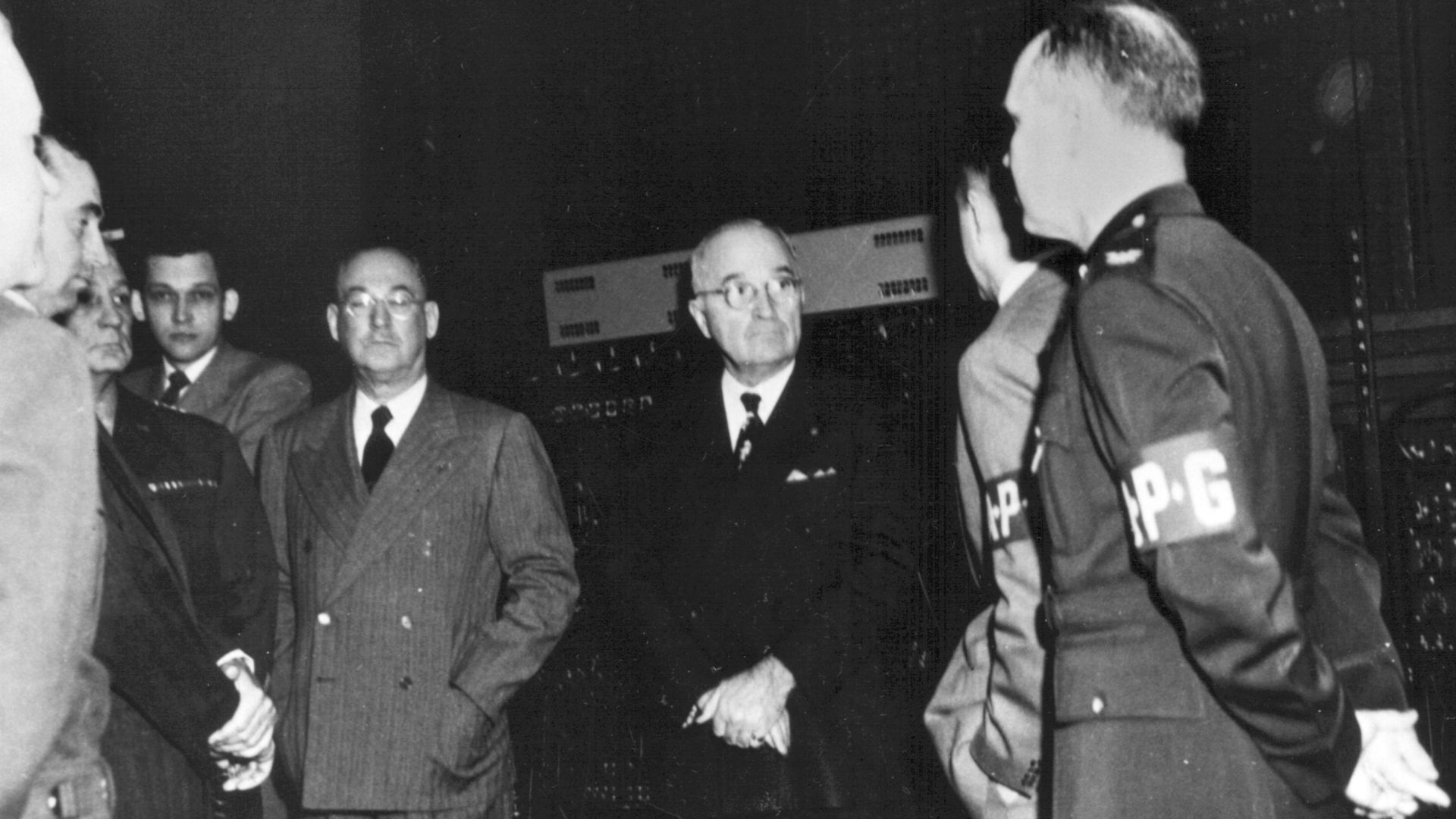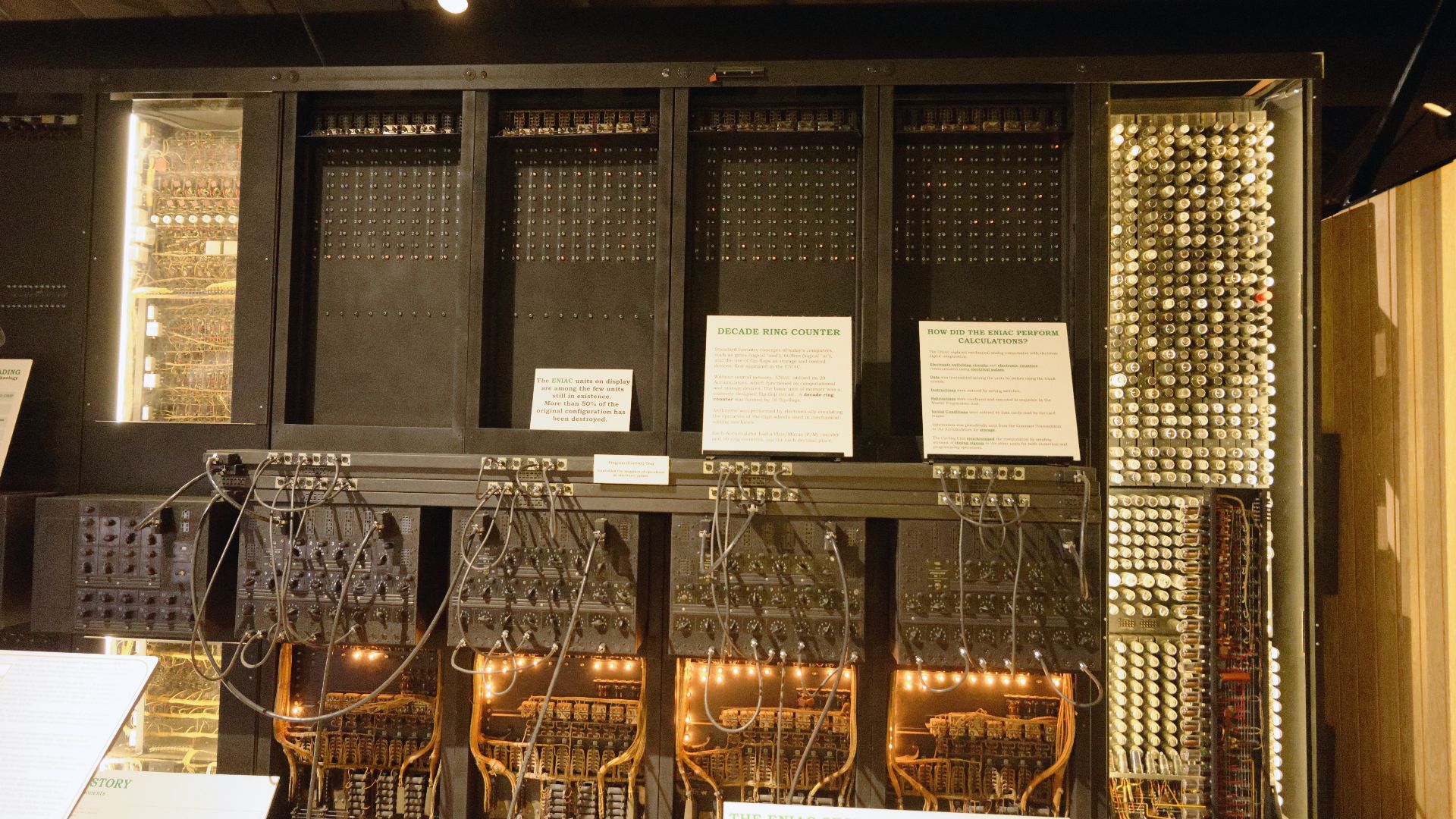The Giant That Started It All
It all began in the 1940s, when “computers” weren’t objects but people—mostly women—doing calculations by hand. Then came a daring idea: build a machine that could do the math faster. Funded during WWII, engineers and mathematicians created ENIAC, a room-sized electronic giant that worked faster than anyone imagined. So, let’s take a look at 20 facts about the ENIAC, the world’s first modern computer, and how it quietly changed everything that came after.
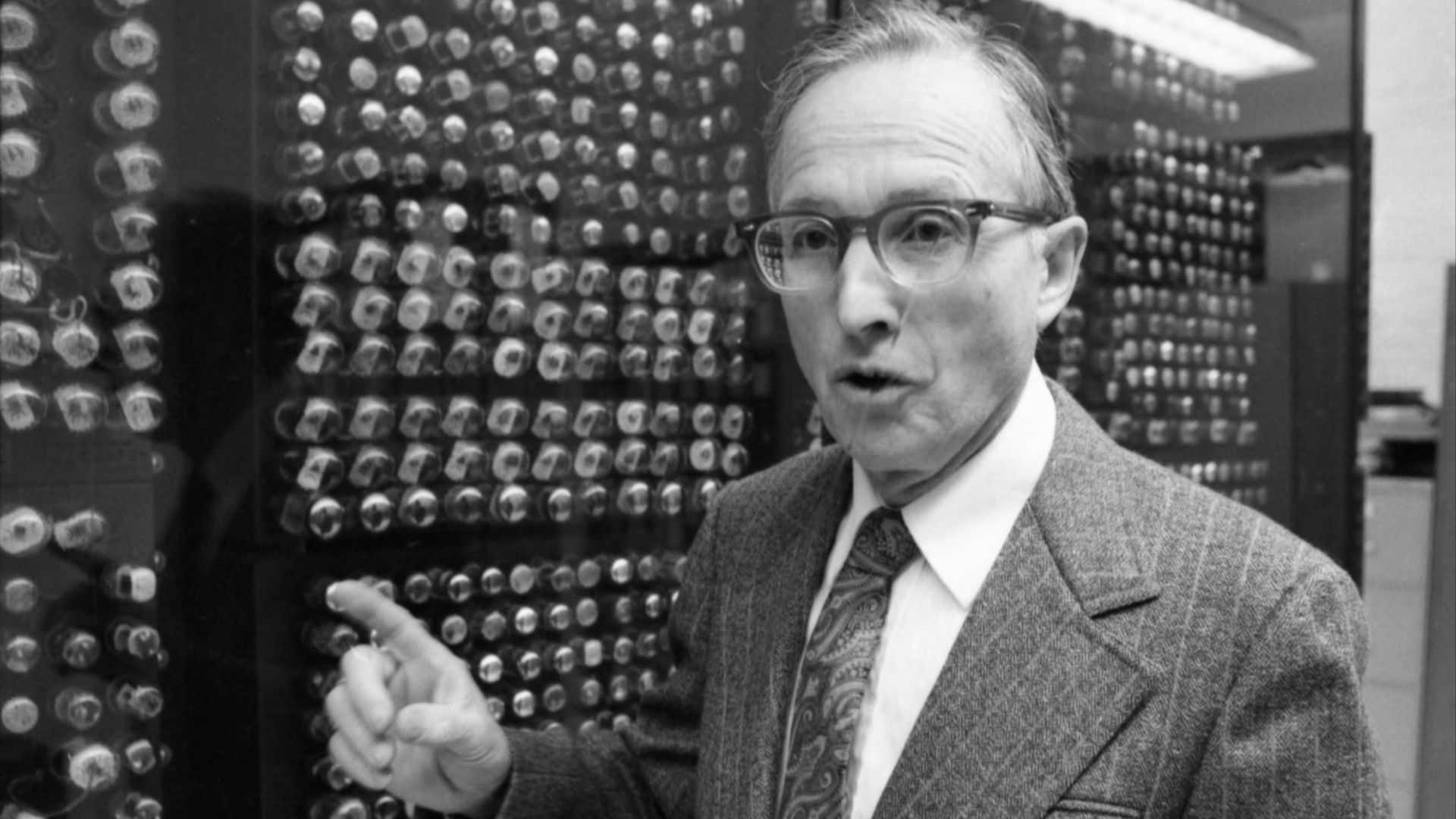 University of Michigan. News and Information Services. on Wikimedia
University of Michigan. News and Information Services. on Wikimedia
1. ENIAC Was Completed In 1945
ENIAC was successfully completed in 1945 at the University of Pennsylvania’s famous Moore School of Electrical Engineering. By February 1946, its public unveiling drew global media attention and cemented its place in computing history.
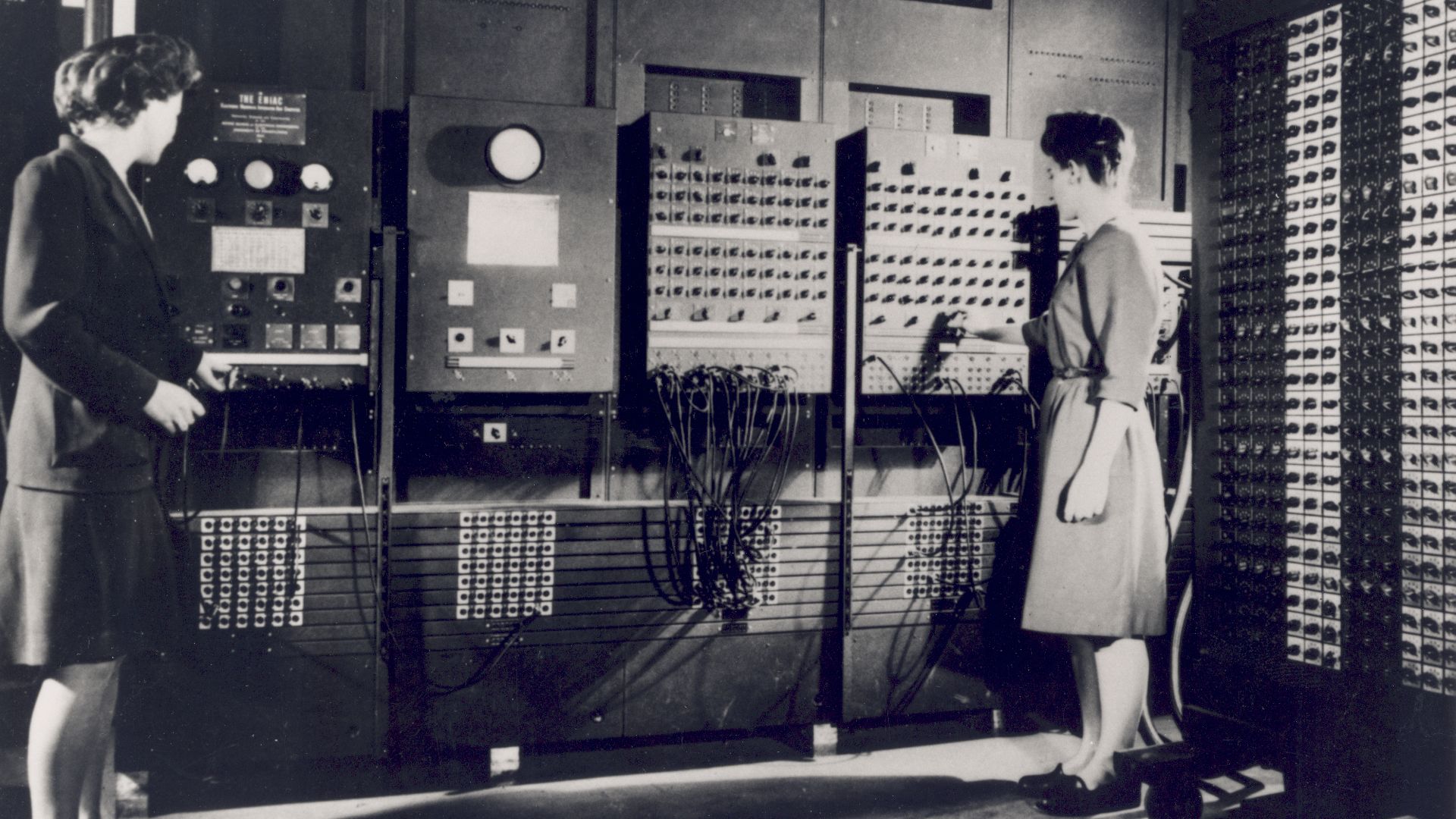 Unidentified U.S. Army photographer on Wikimedia
Unidentified U.S. Army photographer on Wikimedia
2. First Modern Electronic Computer
As WWII intensified, the U.S. Army faced a critical bottleneck in calculating artillery firing tables, prompting Army Ordnance to fund ENIAC's development. This computer not only addressed the military's urgent computational needs but also expanded into broader applications.
3. Led By Mauchly And Eckert
The intellectual synergy between physicist John Mauchly and engineer J. Presper Eckert proved transformative when they joined forces. Their complementary expertise drove ENIAC's development under an Army contract, eventually leading these minds to establish the Eckert-Mauchly Computer Corporation.
 Unknown authorUnknown author on Wikimedia
Unknown authorUnknown author on Wikimedia
4. Weighed 30 Tons Total
While a living room spans around 200 square feet, ENIAC demanded a 1,500-square-foot basement at the Moore School, where forty massive panels curved along three walls in a U-shaped configuration. That’s because this early computer’s colossal frame tipped the scales at 30 tons.
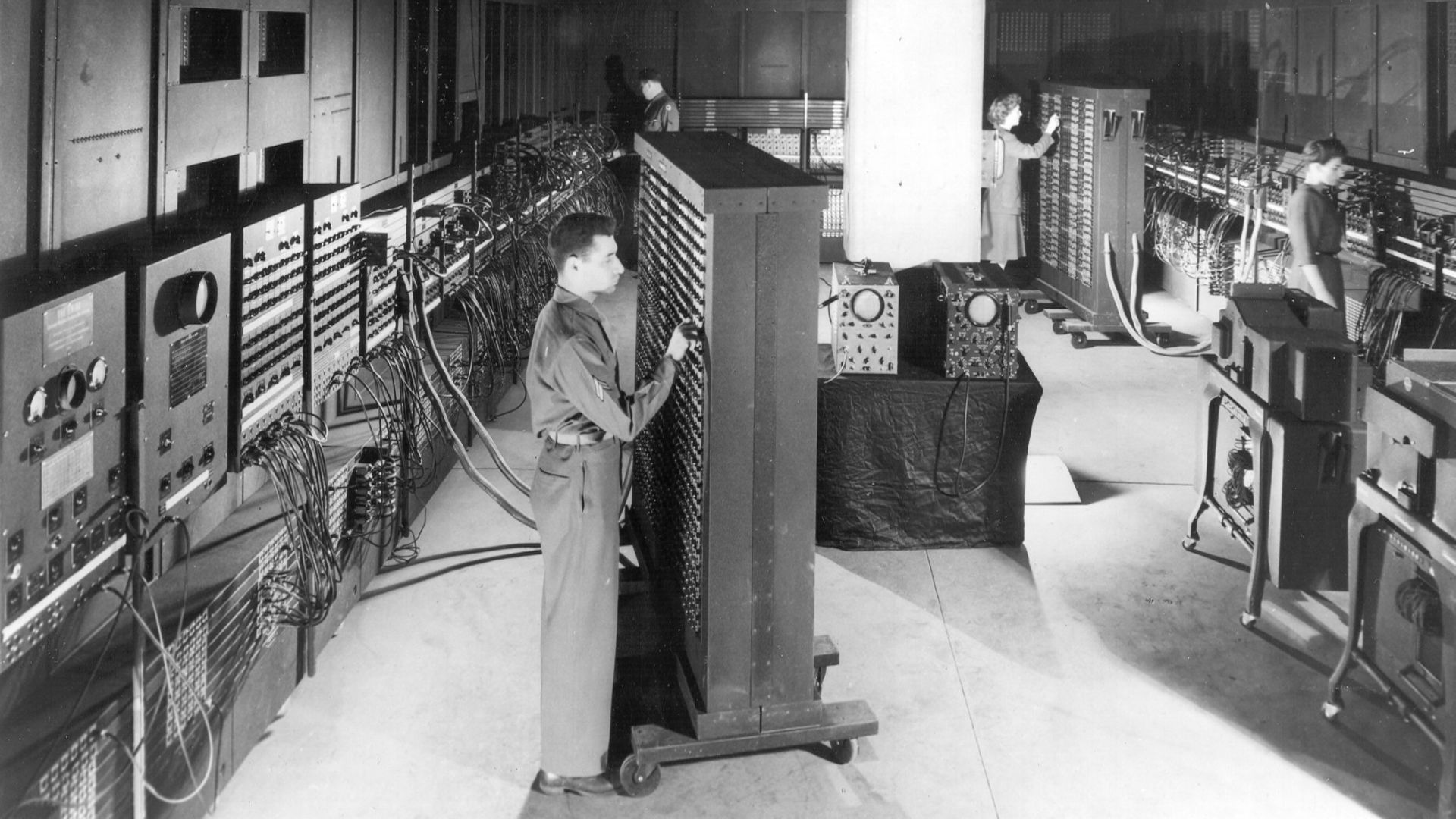 Unidentified U.S. Army photographer on Wikimedia
Unidentified U.S. Army photographer on Wikimedia
5. Contained Over 17,000 Vacuum Tubes
ENIAC featured an astonishing 17,468 vacuum tubes, forming the heart of its complex circuitry. It relied on 6,000 switches to manage operations, 70,000 resistors to control current flow, and 10,000 capacitors to stabilize performance. Completing the design were 1,500 relays, together powering this computational masterpiece.
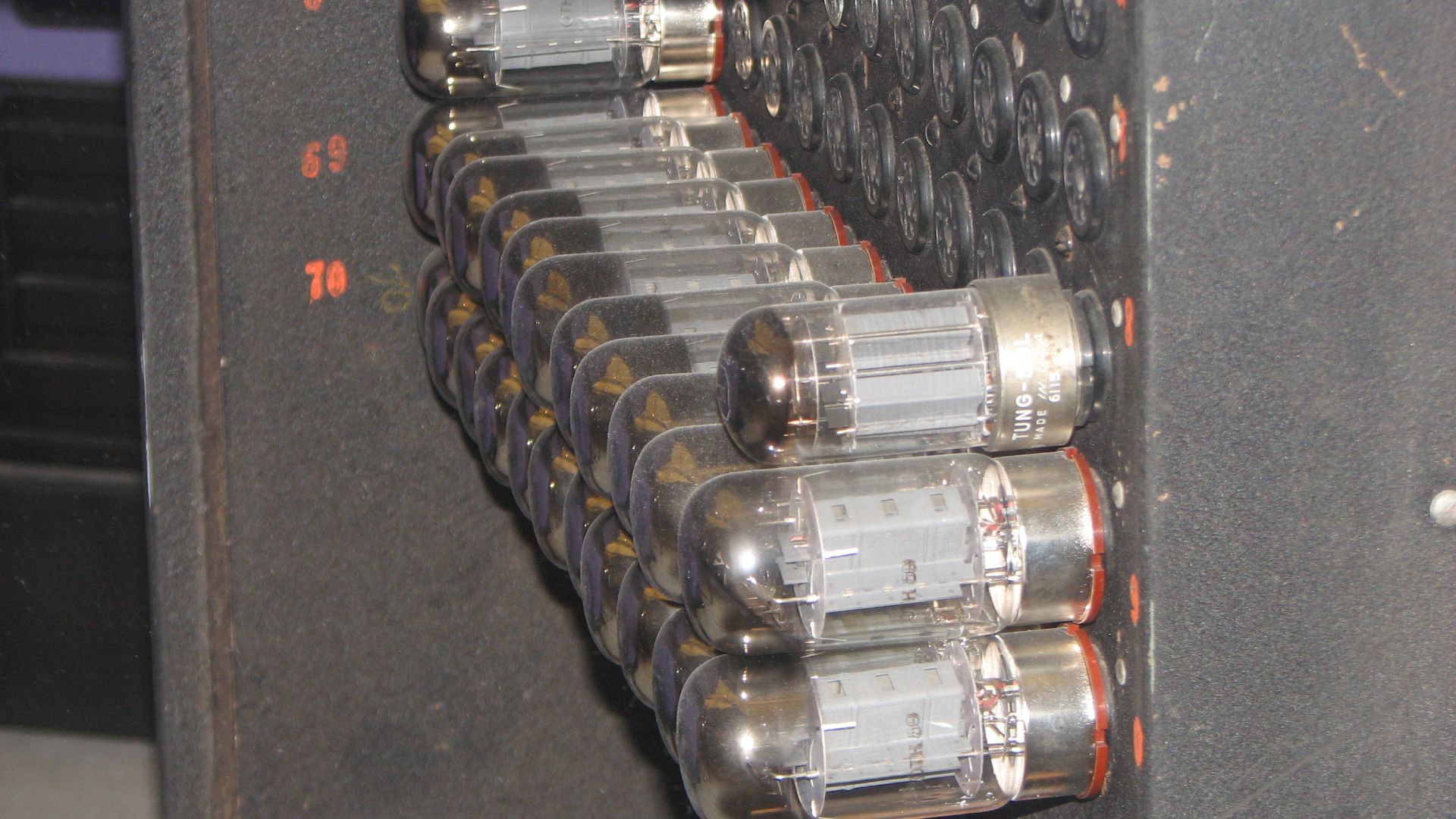 Erik Pitti from San Diego, CA, USA on Wikimedia
Erik Pitti from San Diego, CA, USA on Wikimedia
6. Lightning-Fast Calculations Per Second
Beyond mastering complex operations like square root extraction, ENIAC demonstrated unprecedented mathematical agility, executing 357 multiplications and 5,000 additions every second. This quantum leap in processing speed made the electronic computer thousands of times faster than mechanical calculators.
7. Consumed 150 Kilowatts Daily
At the heart of ENIAC's operation lay a cascade of technical demands, beginning with its massive 174-kilowatt power consumption. Such an electrical appetite triggered waves of intense heat and thunderous operational noise, which in turn necessitated a dedicated air conditioning system.
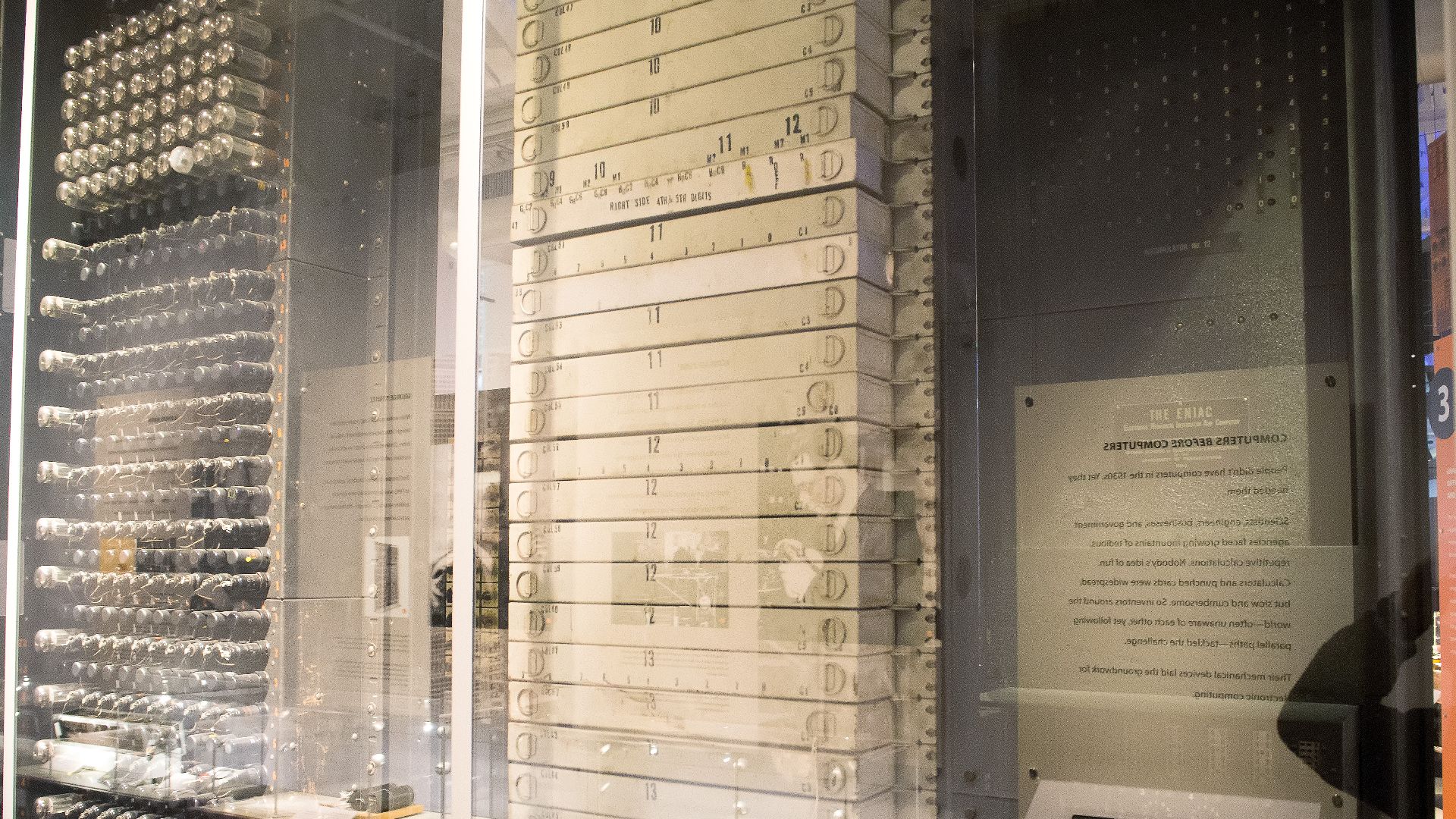 Ik T from Kanagawa, Japan on Wikimedia
Ik T from Kanagawa, Japan on Wikimedia
8. Programmed By Manual Rewiring
While ENIAC could perform calculations at remarkable electronic speeds, this computational power came with a striking limitation: each new problem required an elaborate physical reconfiguration. Operators spent days meticulously rewiring cables across plugboards and adjusting thousands of switches before the machine could apply its processing to the task at hand.
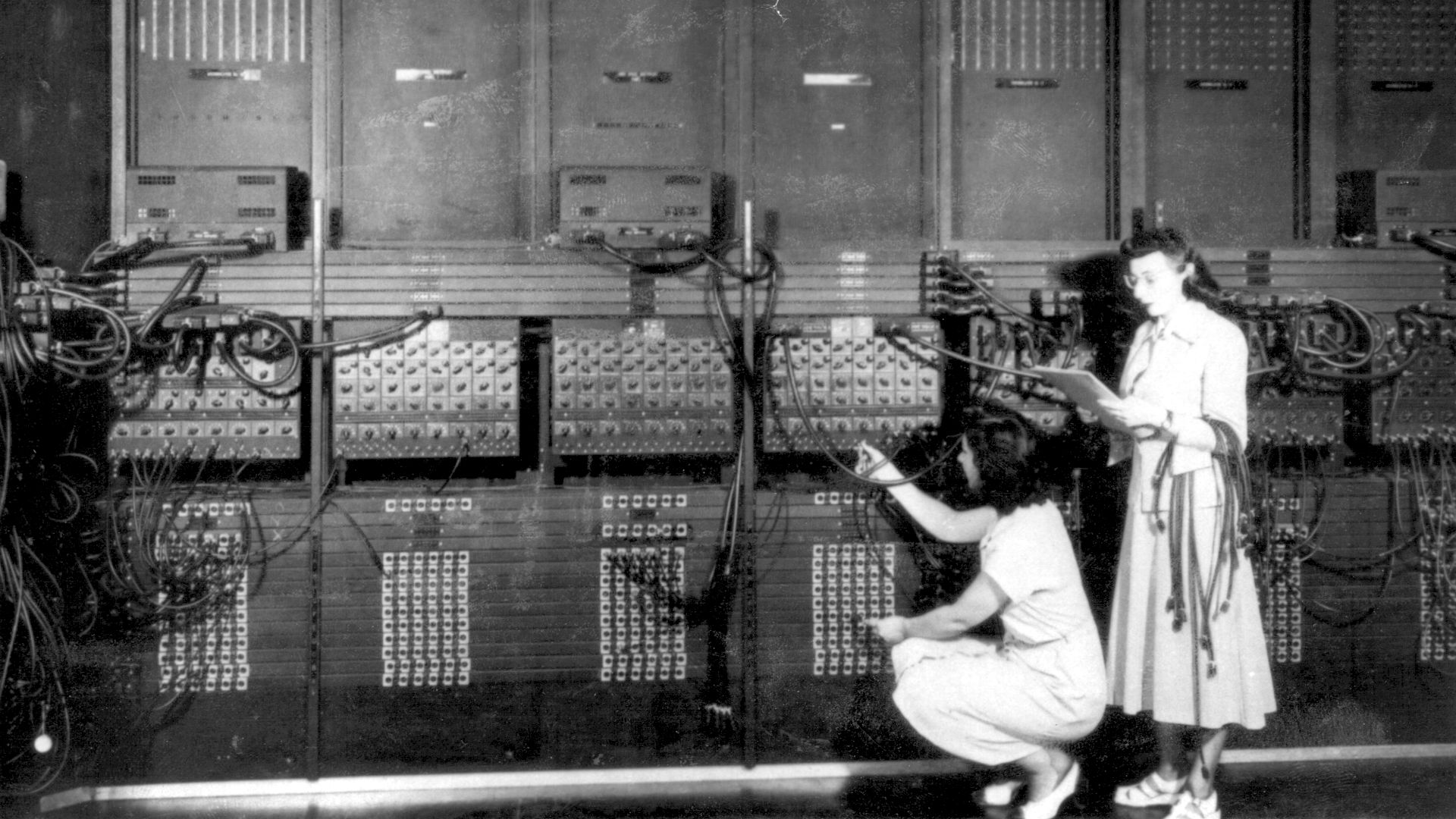 Unidentified U.S. Army photographer on Wikimedia
Unidentified U.S. Army photographer on Wikimedia
9. Six Women Powered ENIAC
Betty Holberton, Kathleen McNulty, Jean Bartik, Marlyn Wescoff, Frances Bilas, and Ruth Lichterman stood at the heart of America's computing revolution. These six women, operating under intense secrecy, mastered ENIAC's intricate systems and became its exclusive programmers.
10. ENIAC’s First Test Problem
ENIAC heralded a new era of electronic calculation, but its capabilities were first harnessed for classified military research. On December 10, 1945, the computer processed complex ignition calculations for Los Alamos Laboratory, tackling hydrogen weapon feasibility questions that remain partially classified today.
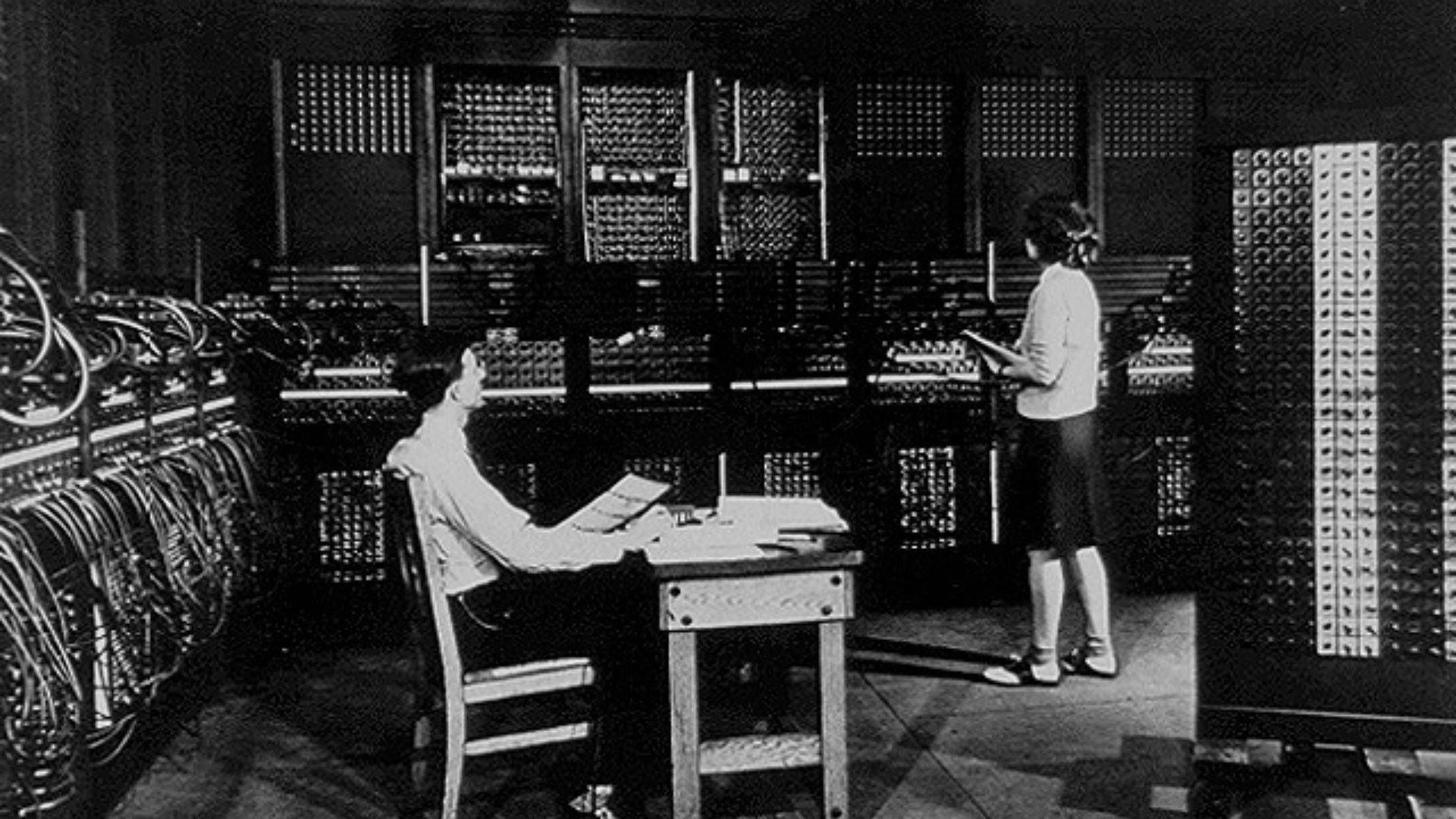 USGov-Military-Army on Wikimedia
USGov-Military-Army on Wikimedia
11. Advanced Postwar Scientific Studies
ENIAC's true legacy emerged in the postwar transformation from military calculator to scientific powerhouse. After classified hydrogen bomb work, this electronic pioneer straddled military and scientific research through 1955, while its inherent constraints sparked EDVAC's revolutionary stored-program breakthrough.
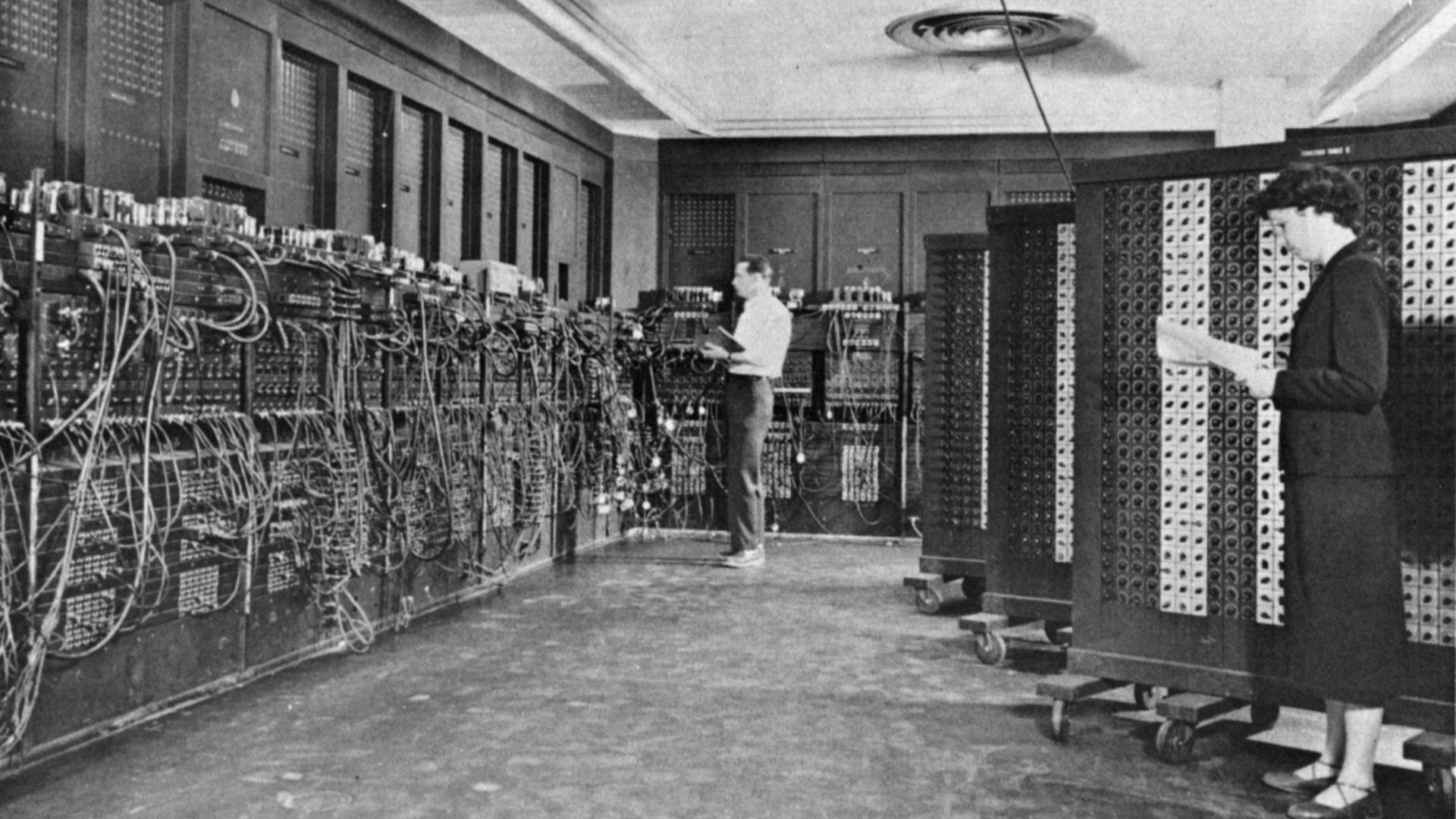 Unknown authorUnknown author on Wikimedia
Unknown authorUnknown author on Wikimedia
12. Inspired The EDVAC Blueprint
Before ENIAC, computing systems lacked efficient ways to handle both calculation and data retention. ENIAC's innovative accumulators solved this by combining storage and adding machine capabilities. These advances, refined through John von Neumann's consultations from 1944, directly influenced EDVAC and subsequent stored-program computer architectures.
13. Cost More Than $4 Million
The U.S. Army Ordnance Corps embarked on a groundbreaking technological mission when it funded ENIAC’s creation. Over three years of relentless innovation, the project took shape through their $487,000 investment, revolutionizing military computing and ushering in the dawn of electronic calculation.
14. Generated Massive Heat And Noise
Step into ENIAC's chamber, and the first thing that hits you is the relentless symphony of thousands of clicking relays and humming vacuum tubes. Then comes the wave of heat, a scorching 174 kilowatts that necessitated its own air conditioning system.
15. Featured Modular System Design
Standing tall with thirty distinct units supported by dedicated power and cooling systems, ENIAC displayed modular design excellence. Its structure divided arithmetic and control operations into separate modules, and its accumulators and counters worked in unison as logical components, capable of storing twenty 10-digit decimal numbers efficiently.
 The original uploader was TexasDex at English Wikipedia. on Wikimedia
The original uploader was TexasDex at English Wikipedia. on Wikimedia
16. Spawned Eckert–Mauchly Corporation
ENIAC's architecture sparked a cascade of computing milestones that would reshape technology forever. This system inspired its creators to establish the Eckert-Mauchly Computer Corporation, which developed UNIVAC, the first commercially available computer in the United States.
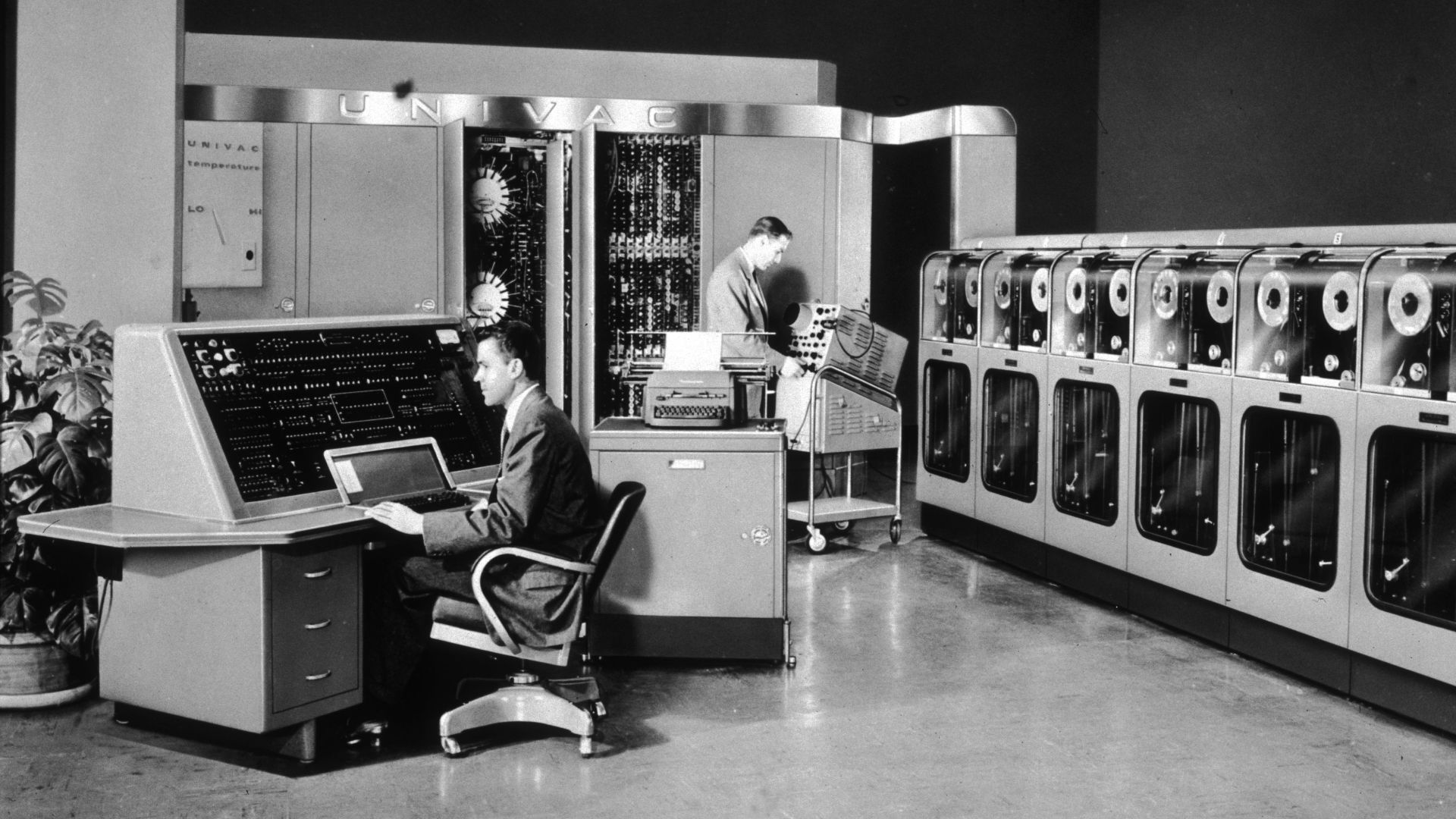 U.S. Census Bureau employees on Wikimedia
U.S. Census Bureau employees on Wikimedia
17. Retired After Ten Years
Although only fragments of ENIAC remain, these surviving parts reveal just a glimpse of its legacy. That’s because after nearly a decade of military and scientific contributions, it was decommissioned in 1955, leaving an understated cultural presence worldwide.
18. Nicknamed “The Giant Brain”
The moniker "The Giant Brain" emerged as more than mere journalistic shorthand during ENIAC's momentous 1946 debut. While the nickname nodded to ENIAC's imposing physical presence, it equally captured the machine's revolutionary computational abilities that had the press corps marveling at electronic-speed calculations.
19. Used Decimal, Not Binary
Deep within ENIAC's architecture, individual numbers were stored as precise 10-digit decimal values, managed by specialized components called accumulators. These remarkable units performed double duty and created a distributed system that operated entirely in decimal arithmetic without requiring any centralized memory unit.
20. Preserved In Major Museums
The Smithsonian National Museum of American History proudly displays ENIAC’s original panels and circuits, offering visitors a glimpse into early computing innovation. In contrast, the University of Pennsylvania safeguards its ENIAC components within secure archives.


